 Palestine is a region in the Eastern Mediterranean that encompasses parts of modern-day Israel, the West Bank and the Gaza Strip. It holds deep cultural, religious and historical significance for Jews, Christians and Muslims alike. Palestine, unfortunately, is in an economic tanking, with an estimated 45% increase in its poverty rate if things continue the way they have been. In 2000, the agricultural sector was the largest for the Palestinian economy, making up 22%. Today, it rests at 5-6% and slowly decreases as time goes on. However, with help from The United States Agency for International Development (USAID) and the Competitive Economy Program for Trade Enhancement (Compete) Project, Palestine has hope to turn things around.
Palestine is a region in the Eastern Mediterranean that encompasses parts of modern-day Israel, the West Bank and the Gaza Strip. It holds deep cultural, religious and historical significance for Jews, Christians and Muslims alike. Palestine, unfortunately, is in an economic tanking, with an estimated 45% increase in its poverty rate if things continue the way they have been. In 2000, the agricultural sector was the largest for the Palestinian economy, making up 22%. Today, it rests at 5-6% and slowly decreases as time goes on. However, with help from The United States Agency for International Development (USAID) and the Competitive Economy Program for Trade Enhancement (Compete) Project, Palestine has hope to turn things around.
Agriculture in Palestine
The agricultural sector in Palestine is facing significant challenges, with Israeli restrictions on land and water access exacerbating the situation. The agricultural sector in Palestine has been experiencing a decline in its contribution to the country’s GDP and a reduction in the number of people employed within the industry.
One of the main reasons for this trend is the absence of a clear government vision for the sector. Additionally, local farmers find it difficult to compete with Israeli products that are flooding the market. This competition often results in a lengthy inspection process, which can cause spoilage of produce and further losses for Palestinian farmers.
Additionally, fertile lands are being converted into industrial zones, displacing farmers and contributing to environmental degradation. As agriculture provides economic opportunities such as job and food security, income generation, land preservation and export potential, conserving its remaining effects on the country’s overall well-being and economic success is increasingly crucial.
The Complete Project
The USAID Complete project in Palestine aimed to strengthen the competitiveness of Palestinian enterprises and facilitate their access to domestic and international markets. It focused on various sectors, including agriculture, manufacturing and services, to promote economic growth and job creation in the Palestinian territories.
The project provided technical assistance to companies to enhance their product value. It facilitated connections between smaller businesses and larger producers/exporters for more efficient market access. By improving information flow, product quality and technology adoption, Compete empowered firms to seize opportunities. Ultimately, the project aided 1,797 firms, resulting in a $383 million sales increase and $254 million in exports, creating more than 6,900 jobs and leveraging $105 million in private investment.
The Strawberry King
Osama Abu-Al Rub is one of the 20 strawberry farmers left in the West Bank. He began receiving aid from USAID in 2013 and has grown his business exponentially since then by gaining the opportunity to invest in technological advances such as computerized irrigation and by experimenting with covered, hanging growth techniques.
Osama’s success in his strawberry farming has allowed him to send his daughter Hanin to university, where she studies agricultural engineering. Occasionally, her friends visit their farm to learn new tactics from her father, which they will carry into the future of Palestine to generate success for decades to come.
The Future of Palestine
USAID has targeted a main core issue for the Palestinian economy and has significantly invested in eradicating the problem at hand. Even with restriction and pushback from some of the American people and government, USAID has found ways to implement knowledge and a foundational base that can potentially send Palestine’s economy skyrocketing if built in the right ways. By implementing these strategies, the Compete Project can help transform the agricultural sector in Palestine into a vibrant and dynamic contributor to the economy, generating employment, increasing incomes and fostering sustainable economic development for years to come.
– Tristen Jerkins
Photo: Flickr
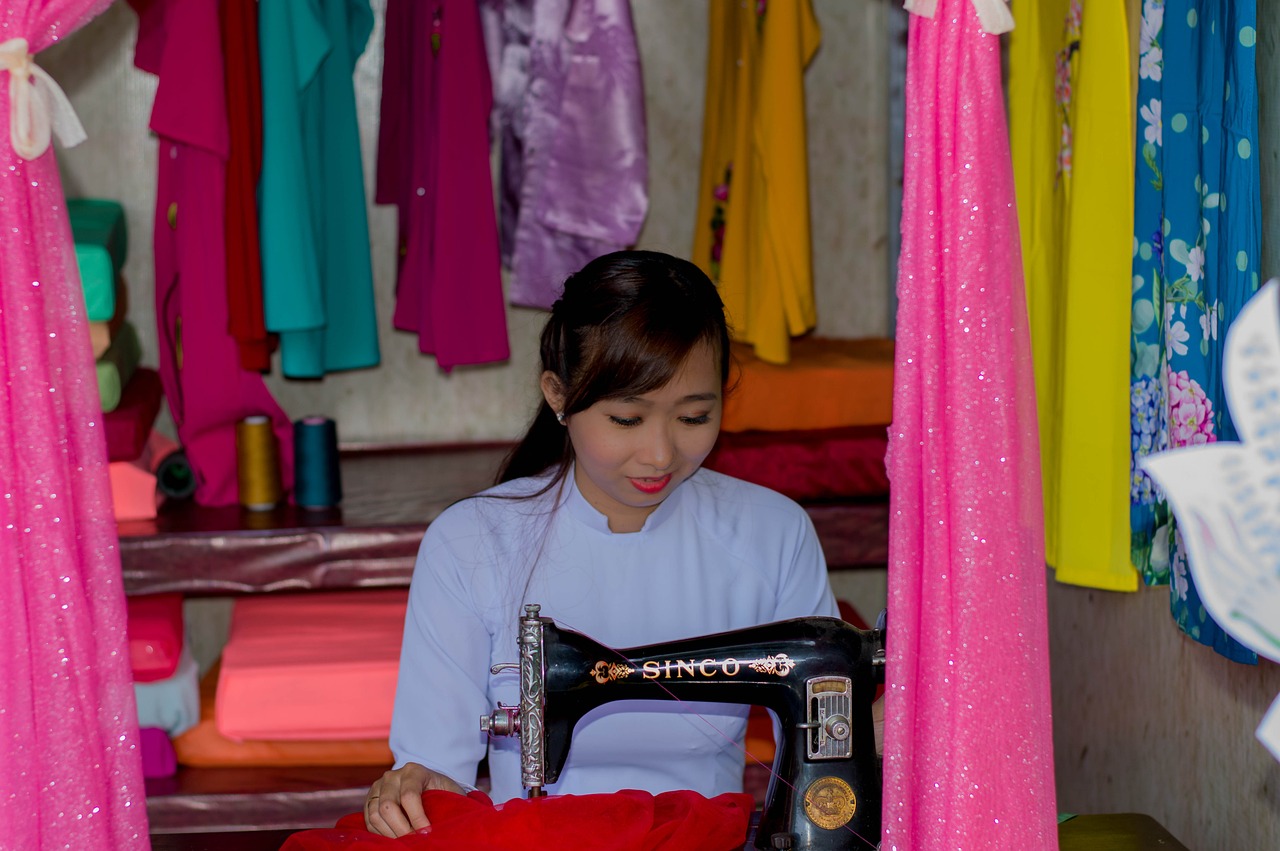
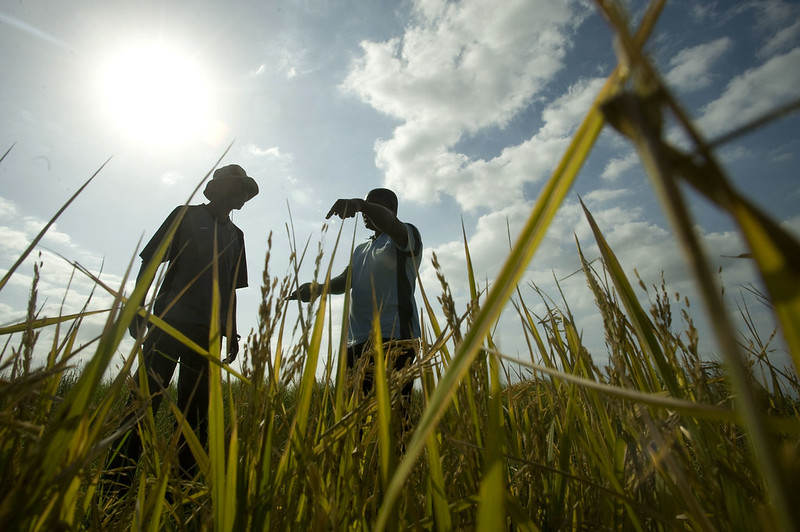 Mozambique is currently one of the poorest countries in the world,
Mozambique is currently one of the poorest countries in the world, 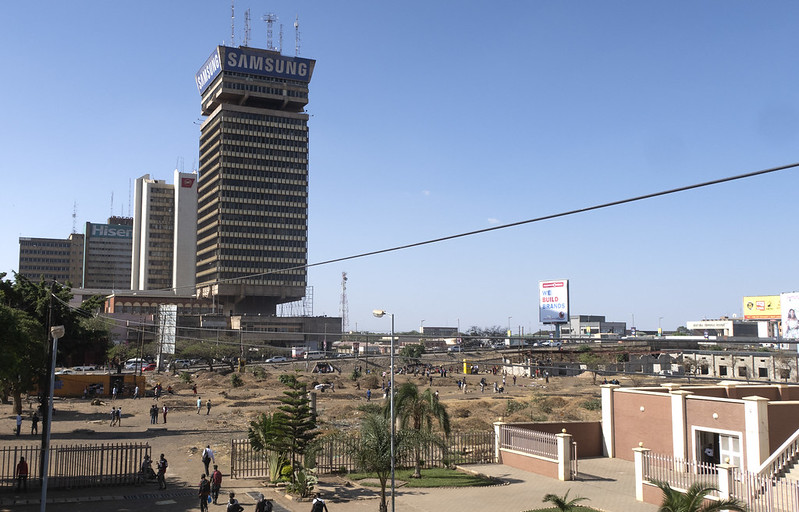
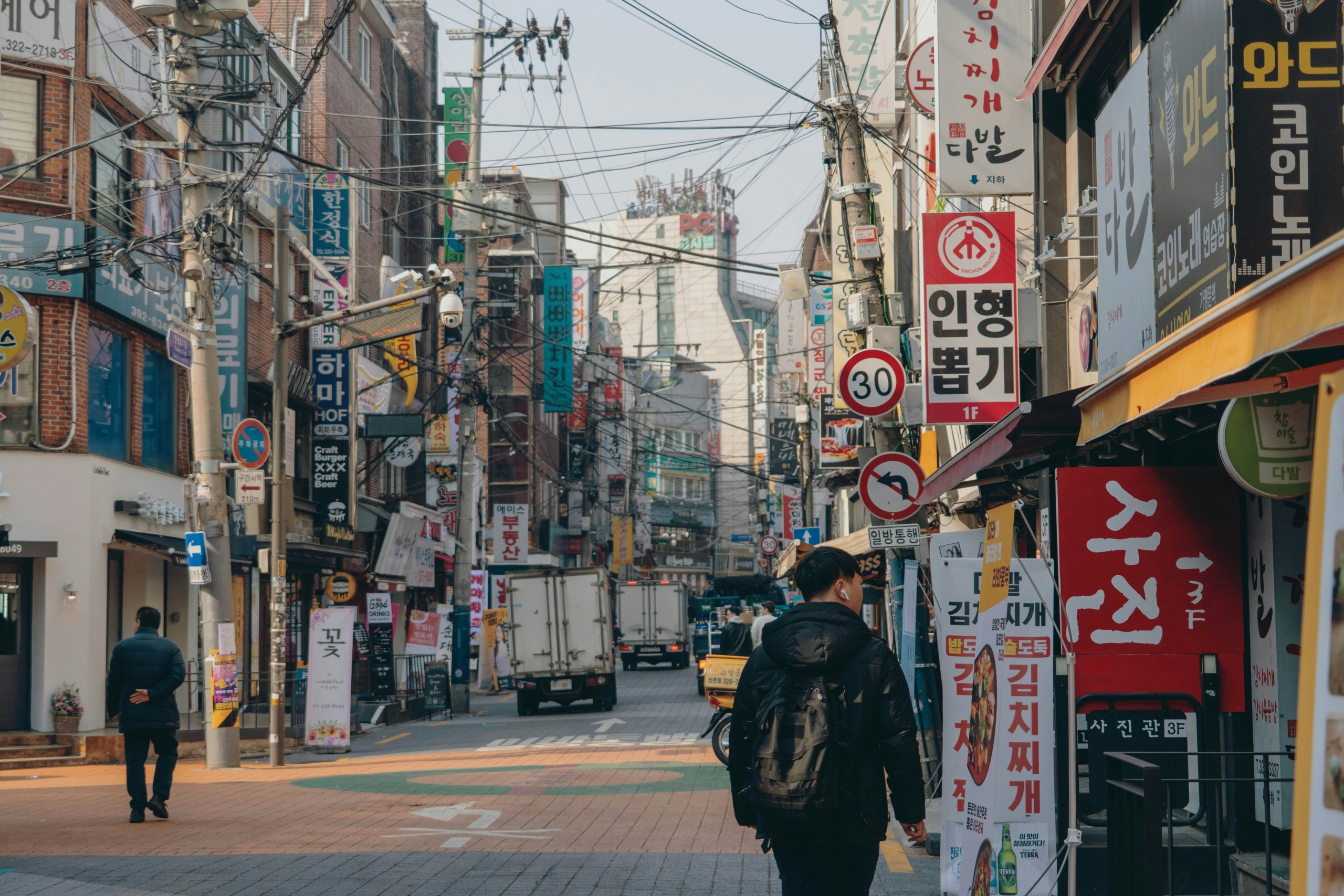
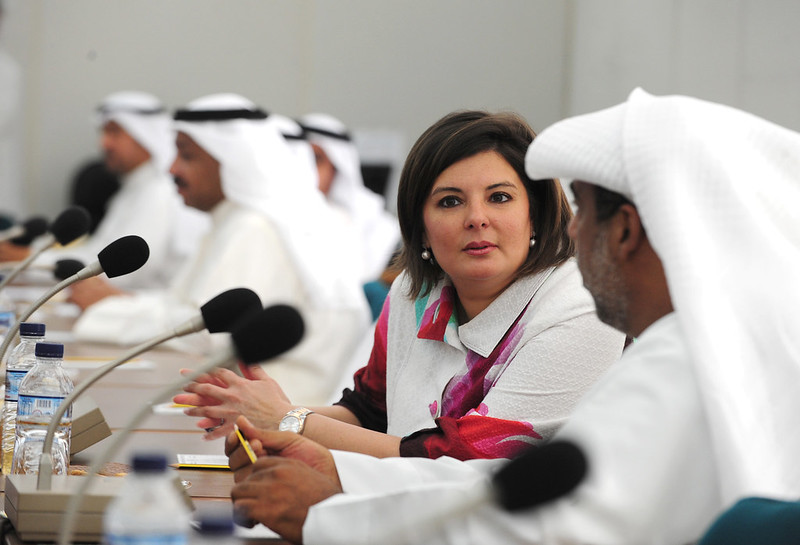 According to the
According to the 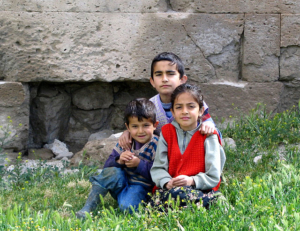 The relationship between the United States and Turkey
The relationship between the United States and Turkey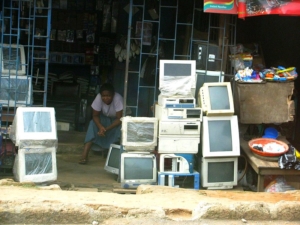 In July 2021, the African country of Togo took another step in its efforts of digital transformation and economic progress as it opened Togo’s first data center in the
In July 2021, the African country of Togo took another step in its efforts of digital transformation and economic progress as it opened Togo’s first data center in the 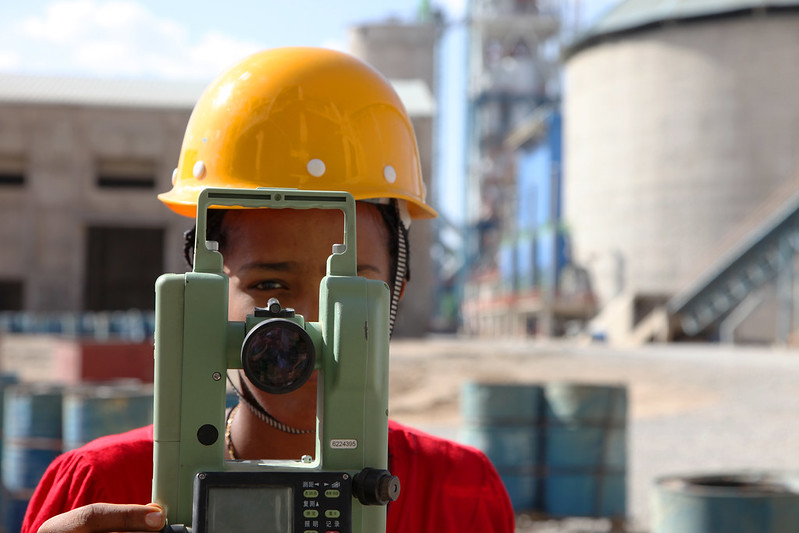 Poor infrastructure and lack of job opportunities are among the top reasons that underdeveloped countries remain in poverty. Creating jobs in underdeveloped countries is key to achieving developmental goals and providing economic and political stability that can help many developing countries out of destitution. Furthermore, jobs provide income, independence and choice to individuals. It is for these reasons that creating jobs in underdeveloped countries can improve conditions and help in eliminating hunger and poverty. Creating new job opportunities can also help advance gender equality and many other pending societal issues. In September 2015, many organizations came together to establish the U.N.
Poor infrastructure and lack of job opportunities are among the top reasons that underdeveloped countries remain in poverty. Creating jobs in underdeveloped countries is key to achieving developmental goals and providing economic and political stability that can help many developing countries out of destitution. Furthermore, jobs provide income, independence and choice to individuals. It is for these reasons that creating jobs in underdeveloped countries can improve conditions and help in eliminating hunger and poverty. Creating new job opportunities can also help advance gender equality and many other pending societal issues. In September 2015, many organizations came together to establish the U.N. 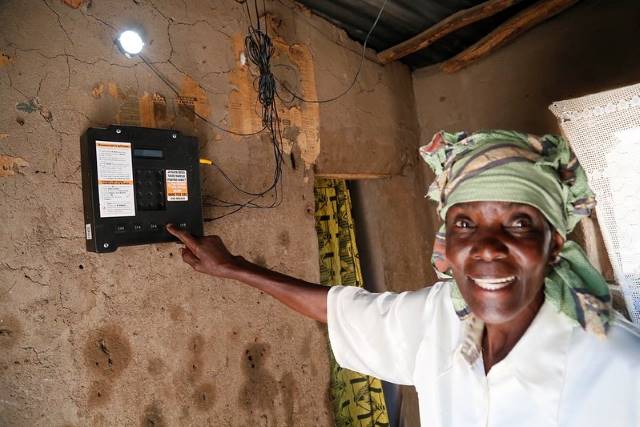 One in 10 people in the world (800 million) have no access to electricity and the access of an
One in 10 people in the world (800 million) have no access to electricity and the access of an 